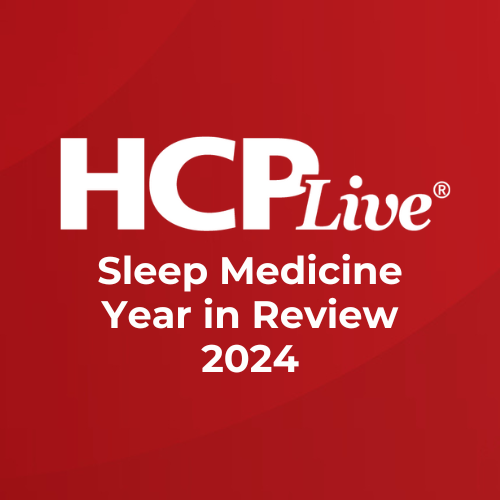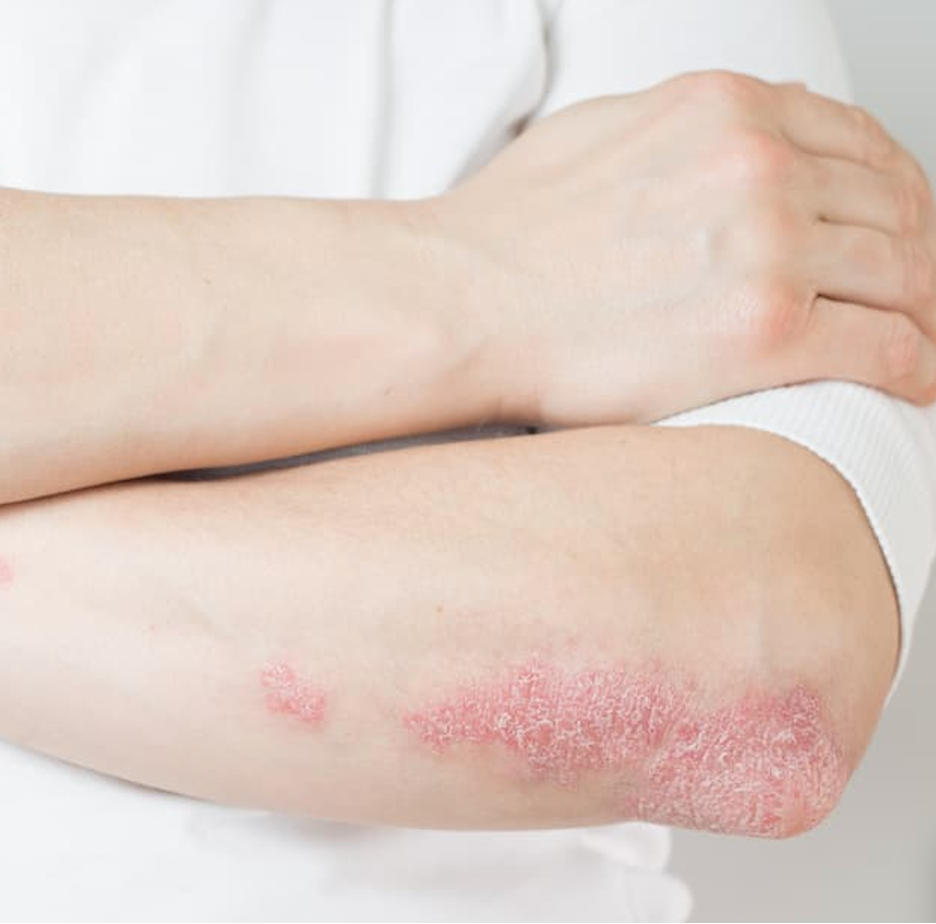Article
GLS-Guided Therapy Could Reduce Impact of Cardiotoxicity from Chemotherapy
Author(s):
The SUCCOUR trial indicates GLS-guided cardioprotective therapy could be more effective at reducing the impact of cancer therapy-related cardiac dysfunction and incidence of cardiotoxicity than LVEF-guided therapy in patients exposed to anthracyclines.
Dinesh Thavendiranathan, MD

Results of an international, randomized trial from investigators at the Peter Munk Cardiac Centre provide evidence that could alter care and mitigate the impact of cancer therapy-related cardiac dysfunction in cancer patients at risk for heart failure.
Titled the Strain Surveillance of Chemotherapy for Improving Cardiovascular Outcomes (SUCCOUR) trial, results indicated using measurements of global longitudinal strain (GLS) was more effective at detecting heart damage and reducing cardiotoxicity than measurements of left ventricular ejection fraction (LVEF), which remains the current standard of care.
"LVEF is the traditional imaging method, but we already know measuring GLS allows for a better identification of heart damage," said Dinesh Thavendiranathan, MD, SM, principal investigator and a cardiologist from the Peter Munk Cardiac Centre, in a statement."What we didn't know is if we can reduce the risk of cardiotoxicity by intervening once this early heart damage is detected."
With an interest in identifying methods of improving care and outcomes, the SUCCOUR trial was designed as an international, multicenter, prospective, randomized controlled trial to demonstrate whether GLS-guided cardioprotective therapy prevents reduction in LVEF and development of cancer therapy-related cardiac dysfunction in high-risk patients undergoing potentially cardiotoxic chemotherapy.
Conducted between January 2014 and December 2019 across 28 centers from Australia, Asia, Europe, Canada, and the United States, the trial enrolled a total of 331 patients who were randomly assigned to therapy guided by either a 12% or greater relative reduction in GLS (n=166) or greater than 10% absolute reduction of LVEF (n=165).
For inclusion in the study, patients needed to be exposed to anthracycline-based chemotherapy and have at least one other risk factor for heart failure. All patients included in the study were followed for ejection fraction and development of cancer therapy-related cardiac dysfunction, which was defined as a symptomatic ejection fraction reduction greater than 5% or greater than 10% asymptomatic to less than 55%, for 1 year.
Of the 331 patients who underwent randomization, 24 did not have 1-year follow-up data. Investigators noted 2 patients in this group died and the rest either withdrew consent or did not return for follow-up imaging. Final analyses included 153 patients in the EF-guided arm and 154 in the GLS-guided arm.
The final 307-patient cohort had a mean age of 54±12 years, 94% were women, 29% had hypertension, 13% had diabetes, 21% had dyslipidemia, and 29% were current or ex-smokers. At baseline, the mean ejection fraction was 59±6% and a mean global longitudinal strain of 20.6±2.4%.
Upon analysis, data from 1-year follow-ups indicated there was no significant difference in LVEF between the study arms. However, investigators noted there was a significantly greater use of cardioprotective therapies, greater 1-year ejection fraction (57.6% vs 55.7%; P=.05), and fewer patients meeting cancer therapy-related cardiac dysfunction criteria (5.8% vs 13.7%; P=.02) in the GLS-guided arm compared to the EF-guided arm. Additionally, patients who received cardioprotective therapy in the EF-guided arm saw a larger reduction in LVEF at follow-up than those in the GLS-guided arm (9.1±10.9% vs 2.9±7.4%; P=.03).
"The purpose of a sensitive method like GLS is to pick up the presence of disease and treat it early," added Thavendiranathan. "This means more patients will be treated, and if we start heart medications when a change is identified, we can prevent significant worsening of heart function."
This study, “Strain-Guided Management of Potentially Cardiotoxic Cancer Therapy,” was published in the Journal of the American College of Cardiology.




